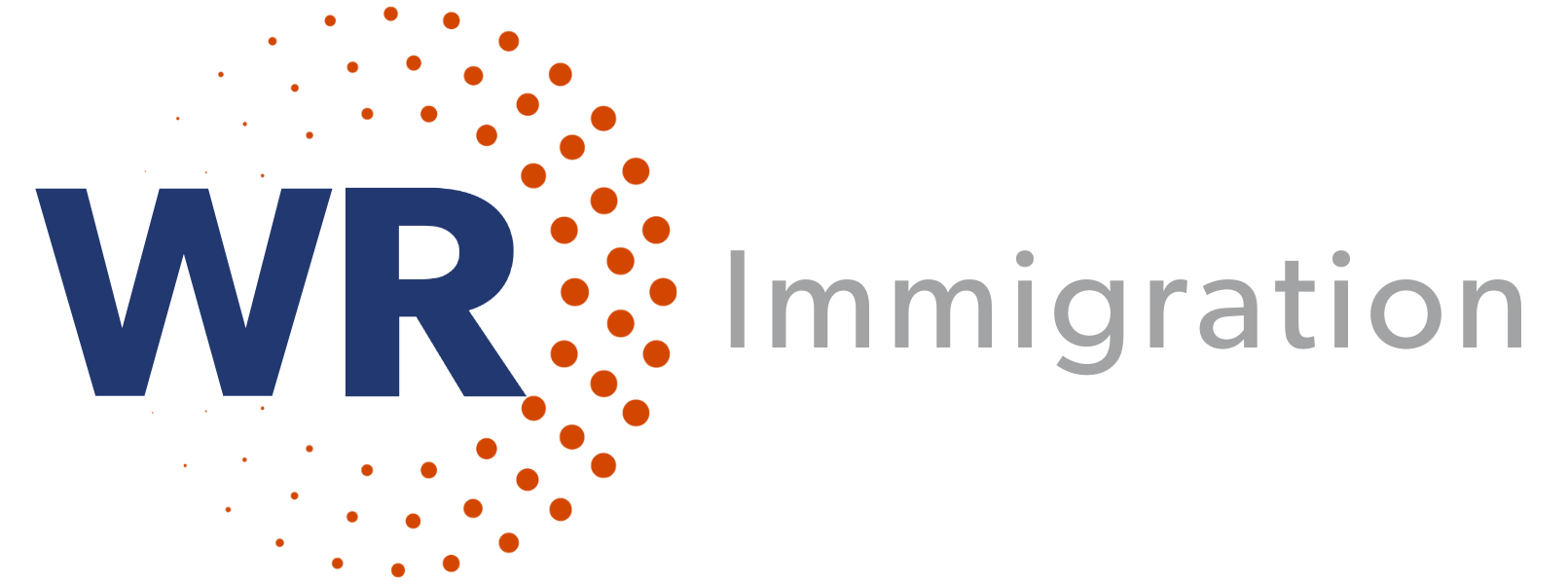Background on the COVID-19 Illness & Symptoms
Nearly 100,000 cases & 3,000 COVID-19 deaths have been reported across 79 countries and territories. The World Health Organization (WHO) considers COVID-19 a “Public Health Emergency of International Concern.” COVID-19 illnesses range from mild to severe, and symptoms include coughing, fever, shortness of breath and may occur 2-14 days after exposure. A report out of China suggests serious illness occurs in 16% of COVID-19 cases.
Severely Affected Countries
The U.S. Center for Disease Control and Prevention (CDC) has cautioned against unnecessary travel in the following countries:
- China, Iran – where there is widespread sustained (ongoing) transmission and restrictions on travel to the United States.
- Italy, South Korea – where there is widespread sustained (ongoing) transmission.
- Japan – where there is sustained (ongoing) community transmission.
Is coronavirus a pandemic and what does that mean for my company?
Yes, C.D.C. officials have warned that a coronavirus pandemic is “inevitable” and that the United States should prepare for outbreaks in the U.S.
- Companies should prepare to implement “social distancing measures,” including remote conferencing & work, as well as limit business travel
- Companies may need to implement emergency evacuation policies for employees abroad & quarantine employees upon return to the U.S.
- Healthcare workers should receive training and protective gear.
What travel restrictions are in places?
Travel restrictions are in place to prevent entry of those exposed or possible infected with the virus into the U.S. Foreign nationals who have recently traveled to China may experience visa issuance delays at U.S. Embassies or Consulates abroad. This may be extended to other infected areas such as Italy and Japan. In addition, a travel ban has been implemented for foreign nationals, other than family members of U.S. citizens and Legal Permanent Residents (LPRs), who have traveled to Iran or China. U.S. citizens and LPRs who have been to Iran or China may be subject to 14 days of mandatory quarantine if they travel back to the United States.
U.S. airlines have dramatically reduced domestic and international service. U.S. Customs and Border Protection and the U.S. Transportation Security Administration have also implemented procedures for redirecting flights with travelers from People’s Republic of China or Iran to the following airports:
- John F. Kennedy International Airport (JFK), New York
- Chicago O’Hare International Airport (ORD), Illinois
- San Francisco International Airport (SFO), California
- Seattle-Tacoma International Airport (SEA), Washington
- Daniel K. Inouye International Airport (HNL), Hawaii
- Los Angeles International Airport, (LAX), California
- Hartsfield-Jackson Atlanta International Airport (ATL), Georgia
- Washington-Dulles International Airport (IAD), Virginia
- Newark Liberty International Airport (EWR), New Jersey
- Dallas/Fort Worth International Airport (DFW), Texas
- Detroit Metropolitan Airport (DTW), Michigan
How has WR prepared for coronavirus?
WR is available to provide immigration counsel to clients on the impact of the coronavirus on employee travel and immigration. In addition, our WRapid Immigration Management System has remote capabilities, and immigration processing will not shut down as we closely monitor the coronavirus pandemic abroad and within the U.S.
More Information:
- Federal Register Document on Coronvirus Travel Restrictions: 2020-02413 Filed 2-6-20; 8:45 am
- “Locations with Confirmed COVID-19 Cases,” published by the CDC
- “Coronavirus Disease 2019 Information for Travel,” published by the CDC
- “Should You Cancel Travel Plans Amid COVID-19 Concerns? Here’s What to Consider,” published by Times Magazine
- “C.D.C. Officials Warn of Coronavirus Outbreaks in the U.S.,” published by The New York Times


